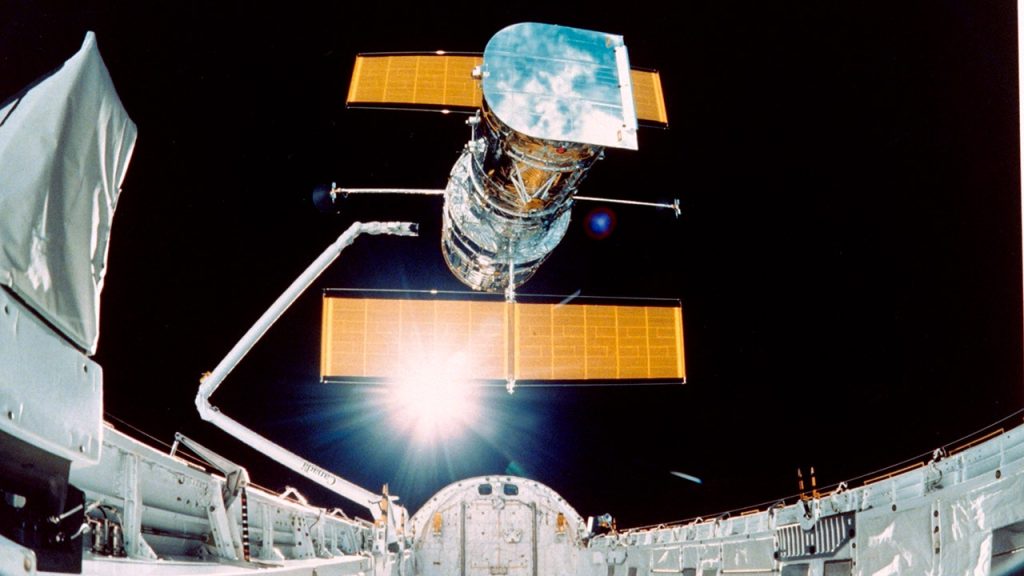The Hubble Space Telescope was placed into orbit on April 25, 1990, marking a significant advance in astronomy according to NASA. This telescope has allowed scientists to peer deep into space using visible, ultraviolet, and infrared wavelengths, without the distorting impact caused by Earth’s atmosphere. Hubble has made important discoveries such as pinning down the age of the universe at 13.8 billion years, determining the rate of the universe’s expansion, and showing the presence of a black hole at the center of most galaxies. The power of the telescope, freed from the limits imposed by Earth’s atmosphere, is almost unfathomable, with pointing accuracy comparable to shining a laser beam on a dime from 200 miles away.
The vision for the Hubble Space Telescope originated in 1946 when astronomer Dr. Lyman Spitzer proposed the idea of an “extra-terrestrial observatory” in Earth’s orbit. Years of research and political will led to the creation of NASA in 1958, the funding of a Large Space Telescope Program in the 1970s, and the announcement of the Hubble name in 1983. The telescope faced challenges early on, including a defective main mirror, which was fixed by space-walking astronauts in 1993. By 1995, the telescope began producing stunning “Deep Field” images that showcased the catastrophic beauty of the universe, captivating people around the world.
NASA reports that to date, the Hubble Space Telescope has studied more than 40,000 cosmic objects, providing astronomers with views that were previously unattainable from the ground. The telescope continues to explore deep space today, circling the Earth every 95 minutes. Edwin Hubble, the telescope’s namesake, made groundbreaking discoveries related to the expansion of the universe and the presence of other galaxies beyond the Milky Way. Hubble’s work revolutionized humanity’s understanding of the cosmos and our place within it, inspiring the development of deep-space telescopes to explore beyond Earth-bound instruments.
The telescope was launched into orbit via the Space Shuttle Discovery, with a crew of five astronauts, on April 24, 1990. Among the crew members was Charles F. Bolden, who later served as NASA administrator from 2009 to 2017. The Hubble Space Telescope has been described as the most significant advance in astronomy since Galileo’s telescope, transforming our understanding of the universe and bringing the wonder, beauty, and mysteries of space to Earth through its stunning images. Despite initial challenges, Hubble’s ability to capture images of the universe has greatly expanded our knowledge of space and continues to inspire curiosity and exploration.
The Hubble Space Telescope remains a vital tool in expanding our knowledge of the universe, with its sophisticated technology allowing for unprecedented views of cosmic objects. The telescope’s ability to see astronomical objects with an angular size of 0.05 arcseconds is compared to seeing a pair of fireflies in Tokyo that are less than 10 feet apart from Washington, D.C. The telescope’s groundbreaking work has opened new horizons in astronomy and continues to provide valuable insights into the origins and mysteries of the universe. Edwin Hubble’s pioneering work in the field of astrophysics laid the foundation for the development of the Hubble Space Telescope, which has since become an iconic symbol of humanity’s exploration of the cosmos.


